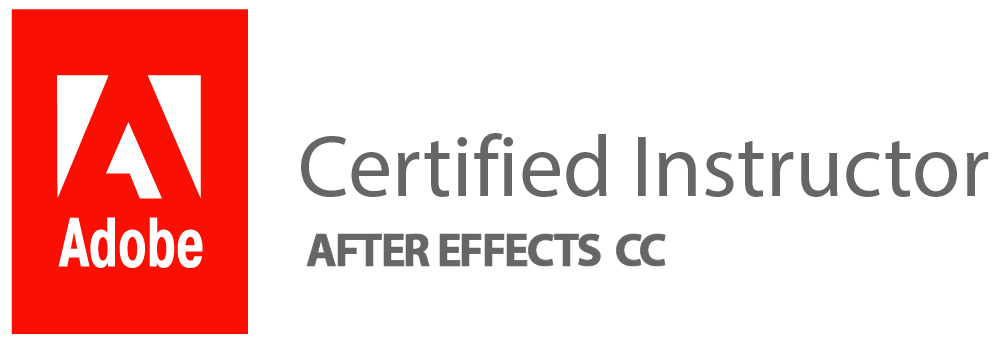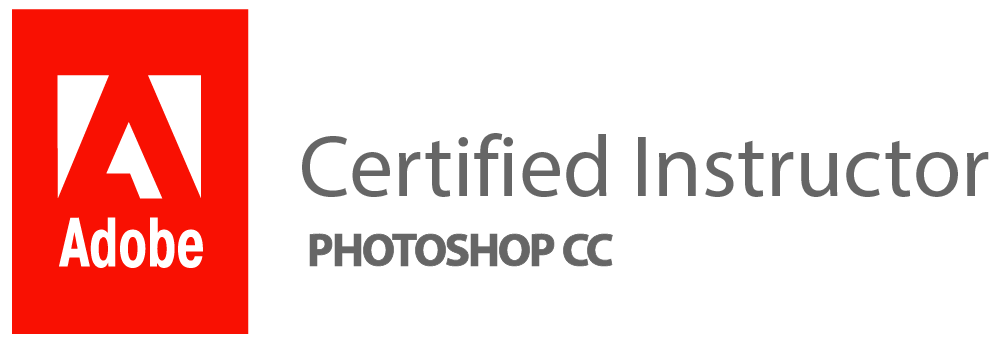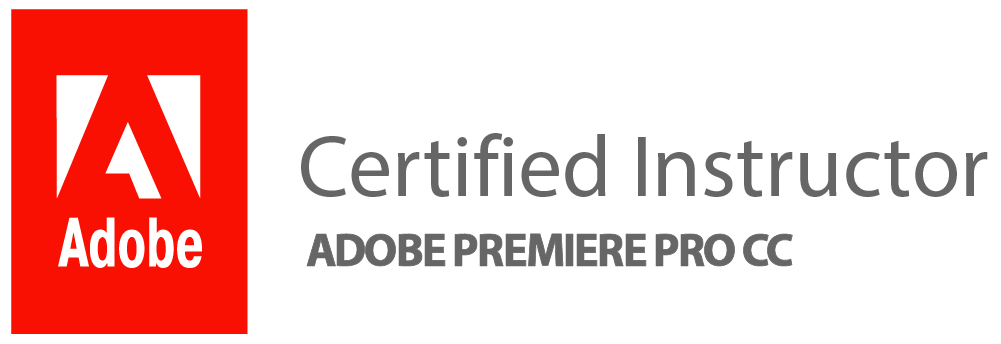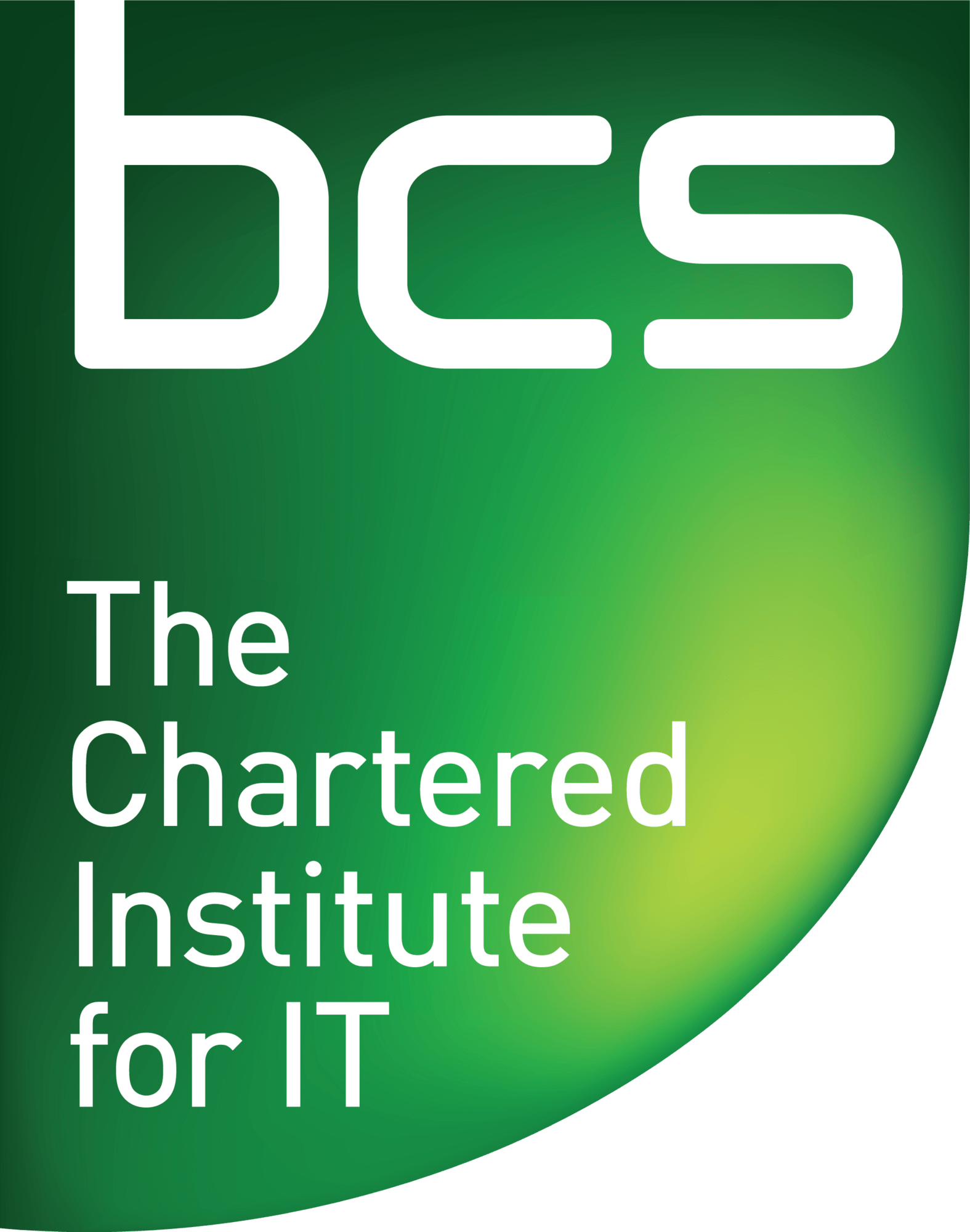How Do Students Learn Graphic Design Skills In The Classroom? Graphic design is the practice of designing and creating graphics.
In graphic design, you will learn the principles of design, including composition, colour theory, typography and layout. You will also learn how to use different software programs such as Adobe Photoshop, Illustrator and InDesign. These tools are essential in creating digital graphics that can be used for websites, social media platforms or printed materials.
In addition to technical skills, graphic design also requires creativity and problem-solving abilities. You will learn how to brainstorm ideas and develop concepts that meet your client’s needs while staying within their budget and timeline. This involves researching your target audience and understanding their preferences in order to create designs that resonate with them.
Lastly, communication skills are crucial in graphic design. As a designer, you must be able to effectively communicate with clients and team members about project goals, timelines and revisions. You must be able to listen well to feedback from clients and incorporate it into your designs while still maintaining your artistic vision. Overall, studying graphic design is an excellent way to develop a combination of technical skills alongside the creative thinking abilities needed for success in this field.
Design Principles: There are three design principles that all graphic designers must adhere to in order to create effective and efficient designs: typography, colour, and layout.
In graphic design, understanding and applying the three fundamental design principles is crucial to creating impactful designs. The first principle, balance, refers to the distribution of visual elements in a composition to create a sense of stability and harmony. There are two types of balance – symmetrical (where elements are mirrored on both sides) and asymmetrical (where elements are balanced through contrast or weight). Understanding how to achieve both types of balance will help designers create visually appealing designs.
The second principle is the contrast which involves the use of different elements such as colour, texture, size, shape or typography that work against each other in a deliberate way to draw attention to specific areas in the design. This creates visual interest and helps guide the viewer’s eye through the composition. Additionally, contrast can be used to create a hierarchy within a design by making certain elements stand out more than others.
Finally, emphasis is another critical principle that graphic designers must master. Emphasis refers to creating focal points within a design that draw attention and communicate important information effectively. Designers can use various techniques, such as bold typography or contrasting colours, to create emphasis in their designs which will help convey their message clearly and effectively. Overall, these three principles serve as building blocks for all successful designs and mastering them is essential for any aspiring graphic designer.
Graphic Design Education: In order to become a successful graphic designer, one must have a certificate in Graphic Design or equivalent.
Graphic Design is a field that involves creativity, technical skills, and communication. Pursuing a certificate in Graphic Design or equivalent can provide students with the necessary tools to hone these skills and succeed in the industry. In graphic design education, students learn about visual elements such as colour theory, typography, composition, and layout.
Additionally, students are introduced to design software programs like Adobe Photoshop, Illustrator and InDesign, which are essential tools for any graphic designer. Courses may also cover web design principles, including user experience (UX) design and responsive design for mobile devices. Another important aspect of graphic design education is learning how to communicate visually through various mediums, such as print ads, packaging designs or social media graphics.
Moreover, being educated in Graphic Design allows individuals to develop their critical thinking abilities through conceptual thinking exercises that help formulate ideas from scratch. This helps designers better understand complex problems and create effective solutions that meet client needs while adhering to project requirements. Overall obtaining an education in Graphic Design provides aspiring designers with the necessary knowledge base and skill set required for success in this rapidly growing industry.
The Workforce: The demand for graphic designers is high, so it is important to have a good understanding of the industry in order to be successful.
In graphic design, you learn a range of skills that are essential in today’s digital age. From understanding typography and colour theory to mastering software such as Adobe Creative Suite, graphic designers need to be proficient in various tools and techniques. They also need to have a keen eye for detail and aesthetics, as well as the ability to communicate effectively with clients.
Having a good understanding of the industry is crucial in order to stay up-to-date with current trends and best practices. This includes being familiar with different design styles and knowing how to apply them appropriately. Additionally, understanding the business side of things is equally important – from pricing your services competitively to negotiating contracts and managing client relationships.
Overall, there is much more to graphic design than simply creating visually appealing designs. A successful career in this field requires a combination of technical expertise, creativity, communication skills, business acumen, and an ongoing willingness to learn and adapt. By continuously improving your knowledge and staying on top of industry developments, you can position yourself for success in this high-demand profession.
In order to be a successful graphic designer, one must have a certificate in Graphic Design or equivalent, be able to work effectively with other people and be able to understand the industry’s demands.
In graphic design, you learn the fundamental principles of design, such as colour theory, typography, layout and composition. You also learn how to use various software tools such as Adobe Photoshop, Illustrator and InDesign. These skills are essential in creating visually appealing designs that communicate messages effectively.
In addition to technical skills, a successful graphic designer must also possess strong communication and collaboration skills. This means being able to work effectively with other people, such as clients, project managers and other designers on a team. Understanding the needs of clients and being able to translate their vision into a tangible design is crucial for success in this field.
An equivalent certification in Graphic Design provides an individual with the necessary knowledge and skills required for a career in this field. It helps one gain hands-on experience through projects that simulate real-world scenarios while receiving feedback from qualified professionals. However, it’s important to note that even without a formal education in Graphic Design, one can still acquire these skills through self-study or apprenticeships.
Ui Ux
In graphic design, one of the most important skills to master is user interface (UI) and user experience (UX) design. UI and UX are both essential to creating effective digital designs that are both functional and aesthetically pleasing. User interface design involves designing the visual elements of a digital product, such as colours, fonts, icons, buttons, and other graphic elements. These elements must be used strategically to guide users through an app or website in a way that feels intuitive and easy to use.
User experience design is focused on creating seamless interactions between users and digital products. This involves considering factors like usability, accessibility, information architecture, content strategy, and more. A well-designed UX should make it easy for users to navigate a site or app without feeling confused or frustrated.
Ultimately, mastering UI/UX principles is crucial for any designer looking to create effective digital products that meet the needs of their audience. Whether you’re designing websites, mobile apps or other interactive experiences, understanding these concepts will help you create designs that achieve your client’s goals while also providing an enjoyable user experience.
Branding
In graphic design, you’ll learn that branding is one of the most critical aspects of any business. Branding is more than just a logo or a name; it’s the entire identity of your company. A strong brand can make your business stand out from the competition and build trust with your customers.
One important element of branding is consistency. Every aspect of your brand, from colours to fonts to tone of voice, should be consistent across all channels and platforms. This helps ensure that customers recognize and remember your brand easily.
Another key element is differentiation. Your brand needs to have a unique value proposition or message that sets it apart from competitors in the market. By establishing what makes your brand special and communicating it effectively, you can attract loyal customers who appreciate what you offer.
Learning To Build Websites: Figma, WordPress, Elementor.
In today’s digital age, building a website is essential for any business or individual looking to establish an online presence. Learning how to build websites can seem daunting at first, but with the right tools and resources, it can be done quickly and efficiently. Figma is a popular design tool that allows you to create wireframes and prototypes for your website before coding. This helps you visualize your website’s layout and functionality before diving into the technical details of building it.
WordPress is another popular platform used by many businesses and individuals alike to build their websites. It offers customizable templates, plugins for additional functionality, and easy-to-use interfaces for updating content. Elementor is a drag-and-drop page builder plugin specifically designed for WordPress that allows users to easily create custom layouts without needing any coding knowledge.
In graphic design courses, students learn about these tools as well as other web design fundamentals such as typography, colour theory, and user experience (UX) design principles. By mastering these skills, aspiring designers can create visually appealing websites that are functional and effective in achieving their intended goals.
Studying Graphic Design
In graphic design, you learn a wide range of skills and techniques that are essential for creating visually appealing designs. To start with, you learn the basics of design theory, including colour theory, typography, composition, and layout. You also learn how to use various software tools commonly used in the industry, such as Adobe Photoshop, Illustrator and InDesign.
Apart from these technical skills, studying graphic design also involves developing your creativity and critical thinking abilities. Graphic designers must be able to take a client’s brief or problem statement and turn it into an effective visual solution that meets their needs. This requires a combination of analytical thinking to understand the problem at hand and creative brainstorming to come up with ideas that work.
Ultimately studying graphic design is about learning how to communicate through visuals effectively. Whether it’s creating marketing materials for businesses or designing layouts for magazines or newspapers – the goal is always to create designs that grab the audience’s attention while conveying information in a clear and concise manner.
Studying Motion Graphics After Effects
Studying Motion Graphics in After Effects will provide you with the technical and creative skills needed to create animated graphics for film, television, and web content. In graphic design courses, you’ll learn how to use Adobe After Effects software to create visually compelling motion graphics that tell a story or convey a message. You’ll also study animation theory and design principles needed to bring your ideas to life.
During your studies in motion graphics, you will learn various techniques like 2D/3D animation and compositing while using various tools such as keyframes, masks, transitions, colour grading, etc. You’ll also be taught about the different types of visuals that can enhance your designs, like typography and vector graphics. Additionally, learning about special effects such as explosions or fire will not only add depth but also make them more engaging.
In conclusion, studying Motion Graphics After Effects is an excellent way of enhancing your graphic design skills by adding additional value towards making animations captivating enough for social media marketing campaigns or even films. It’s essential for any graphic designer who wants to remain relevant in today’s fast-paced world filled with endless visual content production possibilities!
Learning Digital Painting
When it comes to learning digital painting as part of graphic design, there are several things that one can expect to learn. First and foremost, students will be introduced to various software applications used for digital painting, such as Adobe Photoshop, Corel Painter and Clip Studio Paint. They will also learn how to use different brushes, layers and filters in order to create stunning artwork.
In addition to that, students will also be taught the fundamentals of colour theory and composition. This includes understanding colour palettes and how they can be used effectively in a design. Students will also learn about the importance of composition in creating visually appealing artwork.
Overall, digital painting is an essential skill for any aspiring graphic designer. It allows them to create unique designs that stand out from the crowd while also honing their creative abilities through experimentation with various techniques and styles. By taking a structured course or working with experienced mentors, anyone can quickly become proficient in this exciting field!
Studying Visual Communication
In studying visual communication, you learn how to create designs that convey messages and ideas effectively. Graphic design involves understanding the principles of design, such as colour theory, typography, layout, and composition. You also learn how to use design software such as Adobe Photoshop and Illustrator.
Apart from technical skills, studying visual communication also teaches you how to think creatively and critically. You develop problem-solving skills by analyzing client briefs and developing solutions that meet their needs. Additionally, you gain project management skills through managing timelines, budgets, and resources.
In summary, studying visual communication provides a solid foundation for a career in graphic design or any other creative field where strong visual communication skills are required. Through learning both technical and creative aspects of graphic design, students gain a well-rounded skill set that will make them more marketable in today’s competitive job market.
Study User Experience
In graphic design, one of the essential skills that you need to acquire is studying user experience (UX). Understanding how your audience interacts with your designs and products is crucial in creating effective design solutions. UX encompasses all aspects of a user’s interaction with a product or service, including usability, accessibility, and overall satisfaction.
To study user experience in graphic design, you need to learn about various methodologies like personas, wireframing, prototyping, and usability testing. Personas are fictional characters representing the target audience that designers use as a guide for designing a product. Wireframing involves creating an outline of the layout and functionality of an interface before adding visual elements. Prototyping allows designers to test their designs’ usability by creating interactive models for users to interact with them. Usability testing helps identify issues regarding navigation structure and flow within the website.
Overall, studying user experience in graphic design is essential for producing effective designs that meet client’s needs while also providing excellent user experiences. It’s crucial to understand how users interact with your products so that you can create intuitive interfaces that provide a delightful customer journey from start to finish.
High Demand
In today’s digital age, graphic design has become a highly sought-after skill. With the rise of social media and e-commerce websites, companies are constantly in need of eye-catching visuals to grab the attention of their audience. Graphic design courses teach students how to use various software tools and techniques to create visually appealing designs for a variety of mediums, including print, web, and mobile platforms.
In addition to technical skills, graphic design courses also focus on developing creativity and problem-solving abilities. This is because graphic designers need to be able to come up with unique ideas while also working within certain constraints, such as brand guidelines or project requirements. By learning how to think outside the box and approach problems from different perspectives, students are better equipped to tackle real-world design challenges.
Overall, the high demand for graphic designers is not only due to their technical skills but also their ability to communicate messages effectively through visual elements. As technology continues to advance and more businesses move online, the need for skilled graphic designers will only continue to grow.
Adobe
One of the most essential skills that graphic designers must acquire is learning how to use Adobe software. Adobe is a leading company in the design industry, providing an array of tools that are essential for creating high-quality designs. In graphic design courses, students typically learn how to use programs such as Photoshop, Illustrator, and InDesign. These applications allow designers to create everything from logos and illustrations to layouts for print materials.
Photoshop is perhaps one of the most well-known Adobe applications used in graphic design. It allows designers to edit and manipulate images through features like layers, filters, and adjustments. Meanwhile, Illustrator is commonly used for creating vector graphics such as logos or icons due to its ability to scale easily without losing quality. Lastly, InDesign allows designers to create multi-page documents like brochures or magazines with ease.
In short, mastering Adobe software is crucial for any aspiring graphic designer looking to break into the industry. Not only does it provide essential tools necessary for designing visually appealing projects but knowing these programs can also give you a competitive edge when applying for jobs in the field.
Adobe Photoshop & Graphic Design
In a graphic design program, students will learn how to use Adobe Photoshop and other software tools to create stunning visuals. Adobe Photoshop is an essential tool for graphic designers as it allows them to edit images, create illustrations, and manipulate graphics. Students will learn how to utilize this software tool’s features like layers, masks, filters and colours effectively.
Graphic design courses are not just about learning the technical aspects of Adobe Photoshop but also about understanding visual communication principles. In these programs, students will learn about typography, colour theory and composition principles that underpin effective visual communication. Additionally, they will be introduced to different design styles, such as minimalism or retro style.
Ultimately, graphic design programs teach students how to craft visually compelling graphics that communicate a message effectively through print or digital media. Students graduate with skills in designing logos for brands or creating marketing materials like brochures or social media graphics that captivate their target audience. Overall, mastering Adobe Photoshop is just one aspect of the broader skillset required in modern-day graphic design practice.
Adobe Illustrator & Graphic Design
Graphic design is a vast field that encompasses various aspects such as typography, illustration, photography, and layout design. Adobe Illustrator is one of the most popular programs used in graphic design to create vector graphics. It allows designers to create illustrations and logos that are scalable without losing quality. In addition to this feature, Illustrator offers an extensive range of tools for designing layouts, creating animations and multimedia components.
One crucial aspect of graphic design is learning how to balance visual elements such as colour, texture, space, and contrast. These elements play a significant role in conveying the desired message or emotion to the audience. Graphic designers use these techniques alongside their technical skills learned in programs like Adobe Illustrator to produce designs that are both aesthetically pleasing and effective.
In summary, learning graphic design involves mastering both creative skills, such as composition and artistic expression, alongside technical skills, like using software like Adobe Illustrator effectively. Understanding these key components will help you become a skilled designer capable of producing high-quality work consistently while meeting client expectations.
Adobe Indesign & Graphic Design
In graphic design, Adobe InDesign is an essential tool that every designer should master. With its advanced features and intuitive interface, InDesign allows designers to create professional-grade designs for various print and digital media. One of the key benefits of using InDesign is that it enables designers to handle complex layouts with ease, which makes it ideal for creating books, magazines, brochures, and other multi-page documents.
In addition to being a powerful layout tool, InDesign also offers a range of typography tools that help designers create visually appealing text-based designs. These include advanced kerning and tracking controls, the ability to add drop caps and paragraph rules, and support for OpenType fonts. Moreover, InDesign has robust integration with other Adobe Creative Cloud applications, such as Illustrator and Photoshop, allowing designers to seamlessly incorporate vector graphics or raster images into their layouts.
Overall, mastering Adobe InDesign is crucial for anyone who wants to excel in graphic design, as it provides a foundation for creating visually stunning designs across multiple platforms. Understanding how to use this popular software program effectively alongside knowledge of typography principles will enable aspiring graphic designers to produce attractive visuals that stand out from the crowd.
Graphic design is a process of designing objects or symptoms using shapes, colours, and lines.
In graphic design, you learn about the power of visual communication. You are taught to use different shapes, lines, and colours to create appealing designs that convey a message or emotion effectively. This process involves understanding the principles of design, such as balance, contrast, hierarchy, and repetition.
Moreover, in graphic design classes or courses, you also learn how to use various software tools and techniques that aid in creating digital designs. These include Adobe Photoshop for editing images and creating graphics, Adobe Illustrator for vector graphics creation, and InDesign for designing layouts for print media.
Additionally, graphic design students develop skills in typography—the art of arranging typefaces—to enhance the readability of their work. They also gain knowledge about colour theory and how it impacts visual perception. Overall, learning these fundamental concepts is crucial in becoming a successful graphic designer who can create captivating visuals that communicate effectively with audiences.
The three main types of graphic design are classical, modern, and transitional.
Graphic design is a creative field that involves the use of visual elements to communicate ideas and messages. There are three main types of graphic design: classical, modern, and transitional. Classical graphic design is characterized by a focus on typography and symmetry. It often incorporates ornate designs and decorative flourishes.
Modern graphic design, on the other hand, emphasizes simplicity, minimalism, and clean lines. This style is often associated with technology companies and startups who want to convey a sense of innovation and sophistication in their branding.
The transitional graphic design blends elements of both classical and modern styles. It seeks to strike a balance between tradition and innovation while still maintaining a cohesive aesthetic. This style is particularly popular in industries where there is an emphasis on heritage or history.
In graphic design courses, students learn how to create effective visual communications through the use of colour theory, typography, layout principles, and digital illustration software programs such as Adobe Illustrator or Inkscape, among others. By understanding the different styles of graphic design, including classical, modern, and transitional, students can develop an informed perspective on what works best for specific clients or projects they may work on in their careers as designers.
Classical graphic design is used for traditional printed media, and classic designs are often simple and unadorned.
In graphic design, students learn about the various styles and techniques used in creating visual communication. One of these styles is classical graphic design, which is known for its simplicity and clean lines. Classical designs are often used in traditional printed media such as books, magazines, and newspapers.
A key characteristic of classical graphic design is its emphasis on function over form. The focus is on creating clear and effective visual communication rather than on intricate decorative elements or flashy effects. This style values clarity, legibility, and hierarchy in layout design.
Classical graphic designers also make use of typography to create a strong visual impact. They carefully choose fonts that are appropriate for the message being conveyed while ensuring that they are easy to read at any size. In all aspects of classical design, from colour palettes to imagery choices, designers aim to create timeless pieces that can stand the test of time while delivering their intended message with clarity and effectiveness.
Modern graphic design is used for published designs, website designs, and advertising art.
In graphic design, students learn the principles and elements of design, colour theory, typography, layout and composition techniques, and software skills. With these foundational skills, designers are able to create modern designs that can be used for a variety of purposes, including published designs like book covers and magazines.
In addition to printed materials, graphic designers are also trained in website design. This includes knowledge of web development languages such as HTML and CSS, and user interface (UI) design principles for creating engaging websites that are easy to navigate.
Finally, advertising art is another area where modern graphic design is utilized. Advertising art can take many forms, including billboards, posters or print ads in newspapers or magazines. Graphic designers use their creativity and technical skills to create eye-catching visuals that communicate a message clearly while also attracting the attention of potential customers.
Overall, modern graphic design plays an essential role in creating designs for publications and websites as well as advertising materials. Through education in this field, individuals gain the necessary skillset to produce creative designs that convey messages effectively across different mediums.
Transitional graphic design is used for creating new trends or changing the look of an existing product.
In graphic design, one of the most important aspects is understanding the different types and styles of design. Transitional graphic design is a style that is often used when there is a need for change or new trends in a product’s look. This type of design requires the designer to have a deep understanding of what the current market trends are and what might be popular in the future.
Transitional graphic design can be seen in various forms, such as logos, websites, packaging designs, etc. It involves creating something new while maintaining some elements of the previous design to ensure recognition among consumers. This technique can help companies stay up-to-date with consumer preferences without losing their brand identity.
To learn transitional graphic design, designers must study existing products and identify areas where change can be made without losing its essence. They will need to experiment with colours, fonts, images, and shapes to create unique concepts that resonate with target audiences. Through practice and research on industry trends, designers can master this technique and create captivating visual experiences for their client’s brands.
Conclusion: Graphic design includes learning how to create beautiful objects by learning about different types of graphic design.
In graphic design, you learn how to create visually appealing objects by learning about different types of graphic design. One of the most important skills that you develop is an eye for aesthetics. You are taught how to recognize and appreciate good design principles such as colour theory, typography, balance, contrast and hierarchy.
Graphic design also teaches students how to use various tools and software programs like Adobe Creative Suite or Sketch to create designs on a computer. This knowledge is essential in today’s digital age, where technology plays a significant role in business operations. In addition, you will gain knowledge about printing techniques, layout design and web development.
In conclusion, graphic design is an exciting field that offers vast opportunities for creativity and self-expression. It involves learning about different types of graphic designs, such as packaging, branding or editorial designs. With the right training and mentorship from experts in this field, anyone can master the art of creating beautiful objects using various mediums, including print media or digital platforms.











